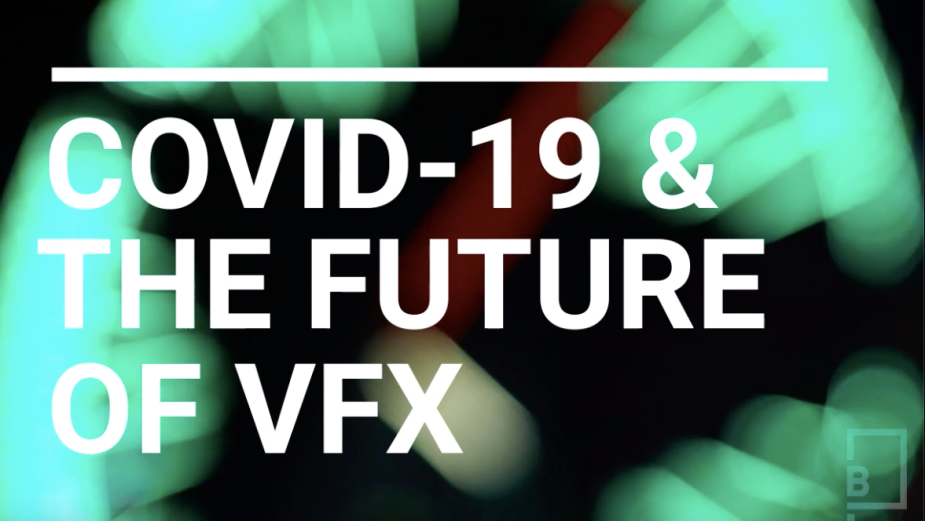
How Covid-19 is Shaping the Future of VFX

It’s an exciting time to be in the world of VFX. Always at the forefront of creative developments in tech, from the digital revolution right up to mixed reality. And even without Covid-19 to contend with, 2020 is packed with disruptive opportunities. The upcoming Unreal 5 engine is set to allow higher resolution real time interactive than ever; VFX companies are pioneering use of AI deepfake technology; innovative new production techniques, such as shooting live action against LED screens projecting CG backdrops rather than greenscreen, as seen in recent Disney+ hit The Mandalorian, are putting VFX upfront in the production pipeline.
But Covid-19 has also forced the entire industry into a high speed handbrake turn, as companies have had to hit the accelerator in unexpected areas. There’s remote working, virtual production and many clients shifting to fully-CG projects for the very first time.
To discuss the impact of Covid-19 and the impact on the future of VFX, LBB’s Laura Swinton was joined by Carsten Keller (MPC), Gary Szabo (Smoke & Mirrors), Ian Luxford (Unit), Mateusz Tokarz (Platige Image), Mike McGee (Framestore), Sylvia Bartoli, (MPC) and Tom Bussell (Blacksmith).
Across the discussion, it emerged that a surprising new collaboration between rival companies has sprung up as they have engaged on knowledge-sharing and problem-solving together. All the same, producers have been bearing the brunt of lockdown pressure, as the panel estimates that corralling clients and artists and making space for parents struggling with lockdown has slowed things down by about 25%.
On the plus side, international collaboration and communication with clients has improved thanks to the use of video conferencing – to the extent that some VFX houses are developing their own bespoke video conferencing platforms. Moreover, clients have been asking VFX houses to recreate the experience of live action shoot preproduction on adapted CG jobs – so virtual ‘set tours’ and technical scouting.
As lockdowns ease up, VFX specialists will return to their physical studios. Clients’ need for tight digital security – especially in the worlds of movies and TV, where pirates lurk for leaks – and the speedy collaboration and creative culture that arises in the studio means that while some remote working will likely remain, the studio will still be an integral hub. Ultimately, Covid-19 has forced companies to break down the process and pipelines and to move quickly to adopt new technology, but it’s also proven to business leaders that the creative talent and culture will always remain a keystone for the future of VFX.















